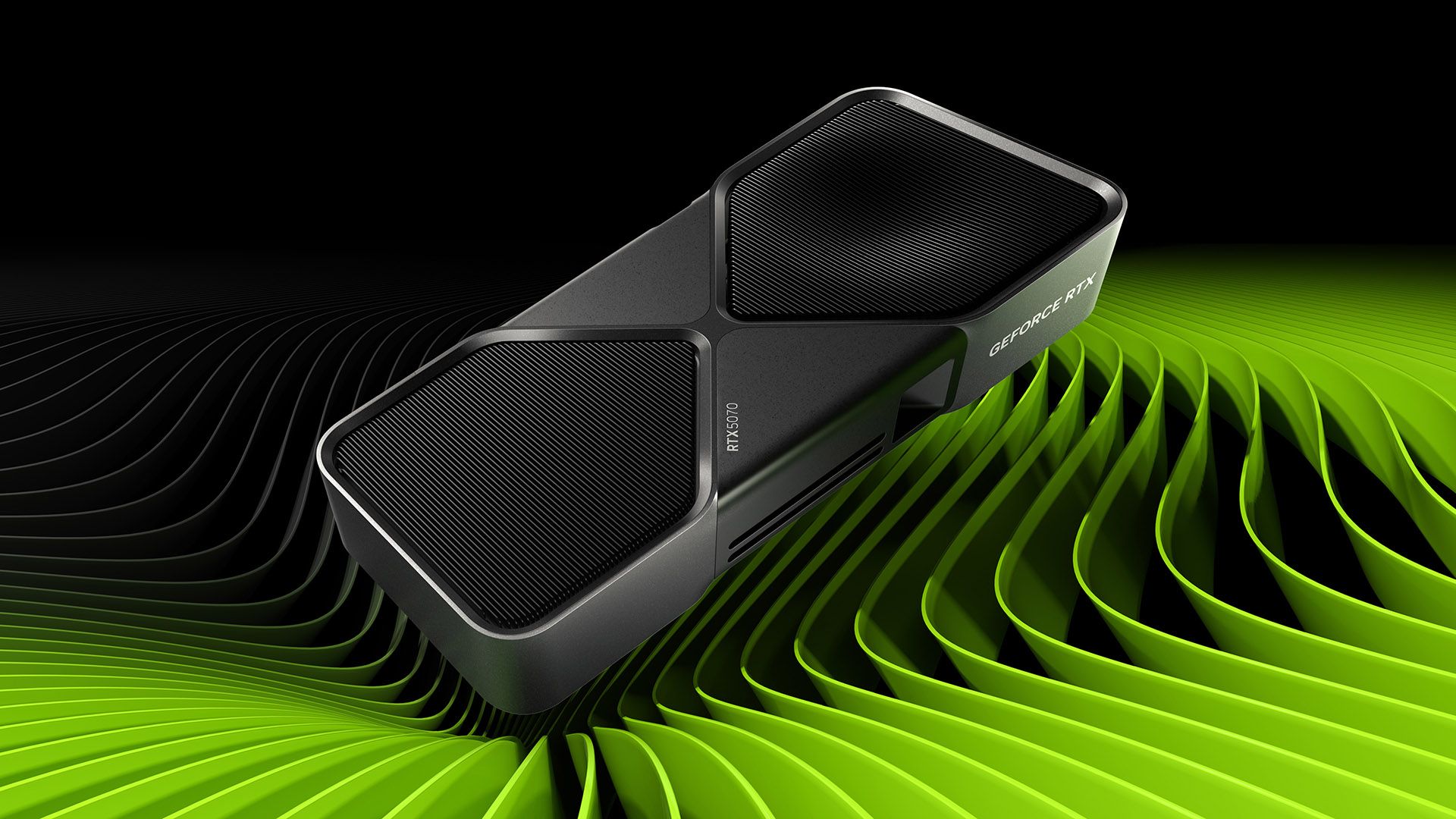Recently, we reported on some of NVIDIA’s RTX 5090 cards actually being defective and providing lower performance out of the box than what the specs would suggest. Now, it seems like that’s also happening with the company’s RTX 5080 cards as well.
NVIDIA has confirmed that the list of graphics cards impacted by a recently discovered manufacturing issue now includes the GeForce RTX 5080. In a statement provided to The Verge, Nvidia’s Global PR Director, Ben Berraondo, acknowledged that an “early production build” of GeForce RTX 5080 GPUs was subject to the same “production anomaly” that affected the other cards. It was also confirmed recently that some RTX 5070 Ti units are also affected, so that’s three out of four GPUs recently announced by NVIDIA that perform worse than expected—NVIDIA says that the RTX 5070 is not affected, but we wouldn’t rule out that card either.
It was initially reported that a number of RTX 5090 cards were being affected by this issue, which resulted in the graphics cards having fewer render output units (ROPs) than specified, leading to a performance reduction. The reduced ROP count translates to an average graphical performance impact of approximately 4%, according to NVIDIA. It’s not a lot, but it’s still a notable deviation from the expected performance of your card, and your mileage may vary—this is just an average, so the ROP count reduction could be worse for you.
The company stressed that AI and compute workloads are not affected by the issue. NVIDIA has stated that the “production anomaly has been corrected,” which should mean that any cards manufactured going forward should not exhibit the problem. Berraondo also clarified that NVIDIA was unaware of these issues before the GPUs were launched.
This adds to a constantly growing list of woes for NVIDIA. The fact that there are not enough cards for everyone is already bad enough, and the issue doesn’t look like it’s getting better in the short term, so the fact that your hard-to-find card might turn out to be defective can get under your nerves. The good part is that NVIDIA is willing to take responsibility for the issue. The company is directing affected customers to contact the board manufacturers (the companies that assemble and sell the final graphics card products, such as ASUS, MSI, Gigabyte, etc.) for replacements. Presumably, if you have an affected Founders Edition card, you’d handle that with NVIDIA directly, but you’ll need to go to your manufacturer if you happen to have a third-party SKU.
The fact that the issue also affects the lower-end cards is also pretty bad. The RTX 5090 is NVIDIA’s very best card, but it’s also the most expensive at a whopping $1,999. The lower-end RTX 5080 and the RTX 5070 Ti are more affordable and therefore a better option for most people. These are the ones most gamers will go for when they try to fight it out with retailers, so the fact that these cards are also defective can be pretty disappointing. Especially so since, despite the fact they don’t have the same muscle as the RTX 5090, they are still uncomfortably expensive—the RTX 5080 starts at $999, and some third-party configurations can be way more expensive. Even if it’s just a 4% performance reduction, you want to squeeze every frame you can out of all the money you just spent.
If you happen to be having any kind of issues with your graphics card, make sure to go to your manufacturer (or NVIDIA if you managed to buy a Founders Edition card) to get a replacement processed. It can be hard to tell whether your card is not performing at its best, but you can do so by performing benchmarks and comparing the numbers to those found in reviews online.
Source: The Verge





